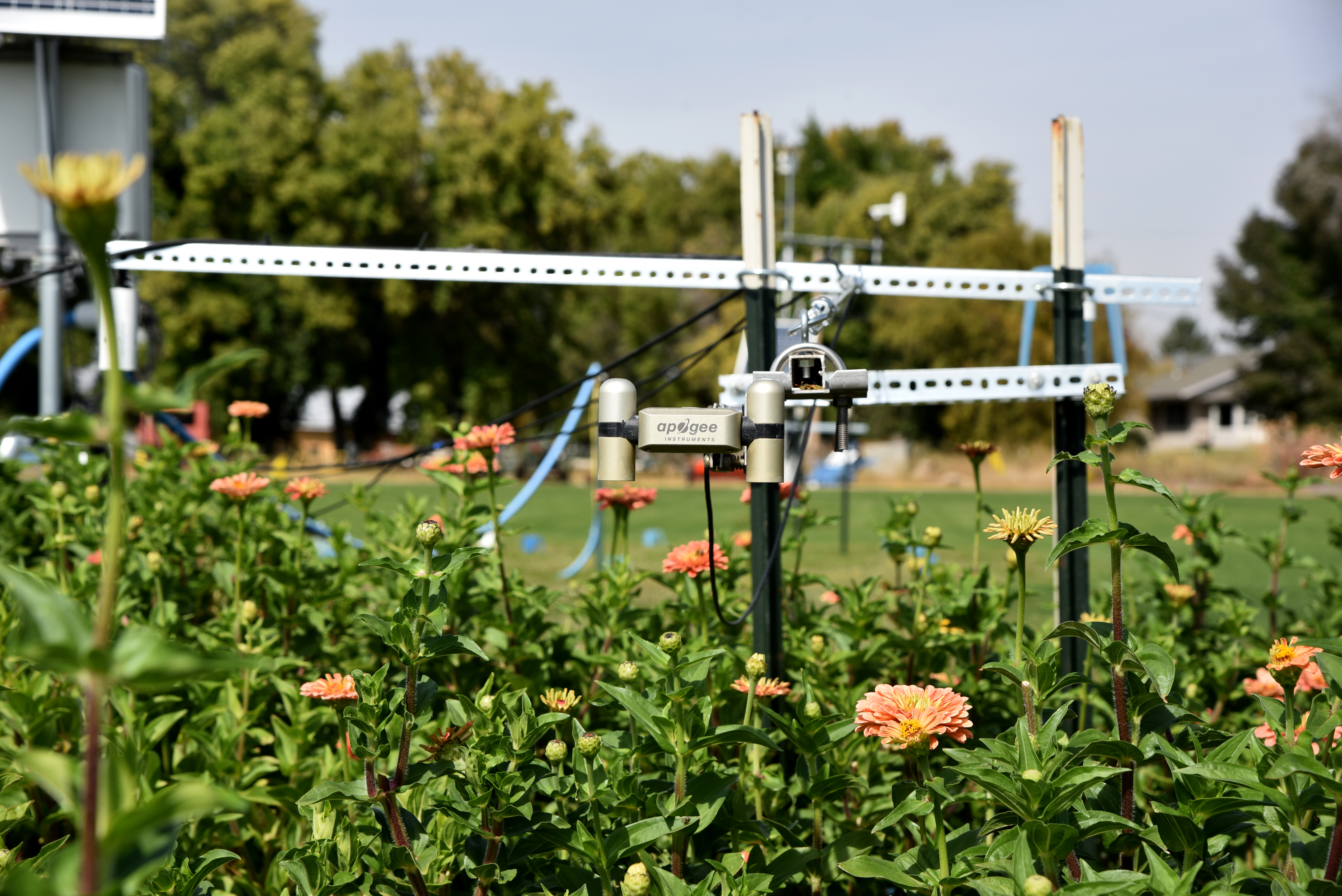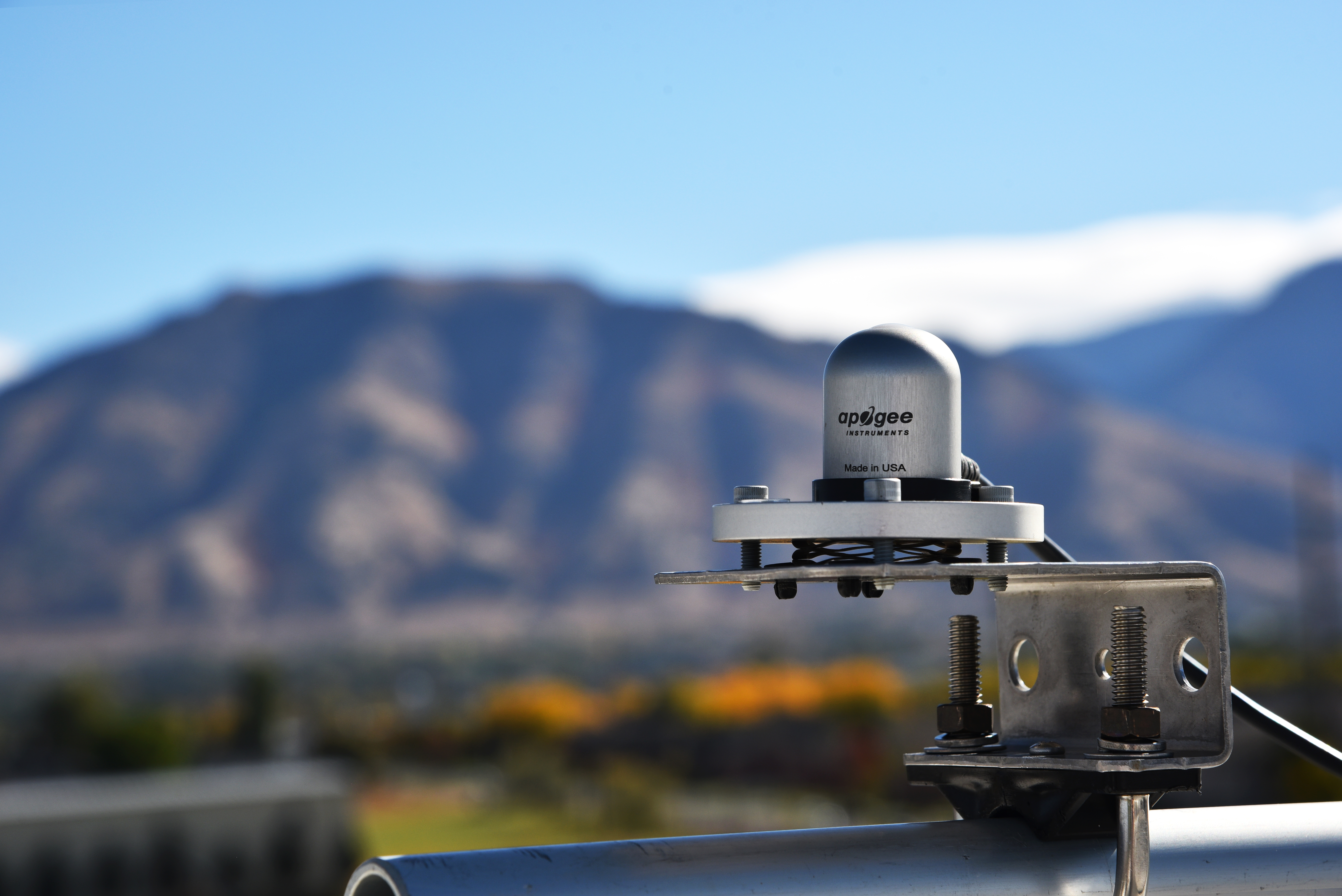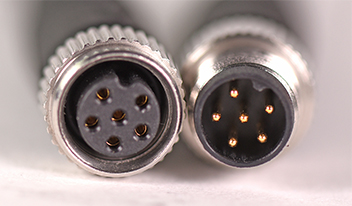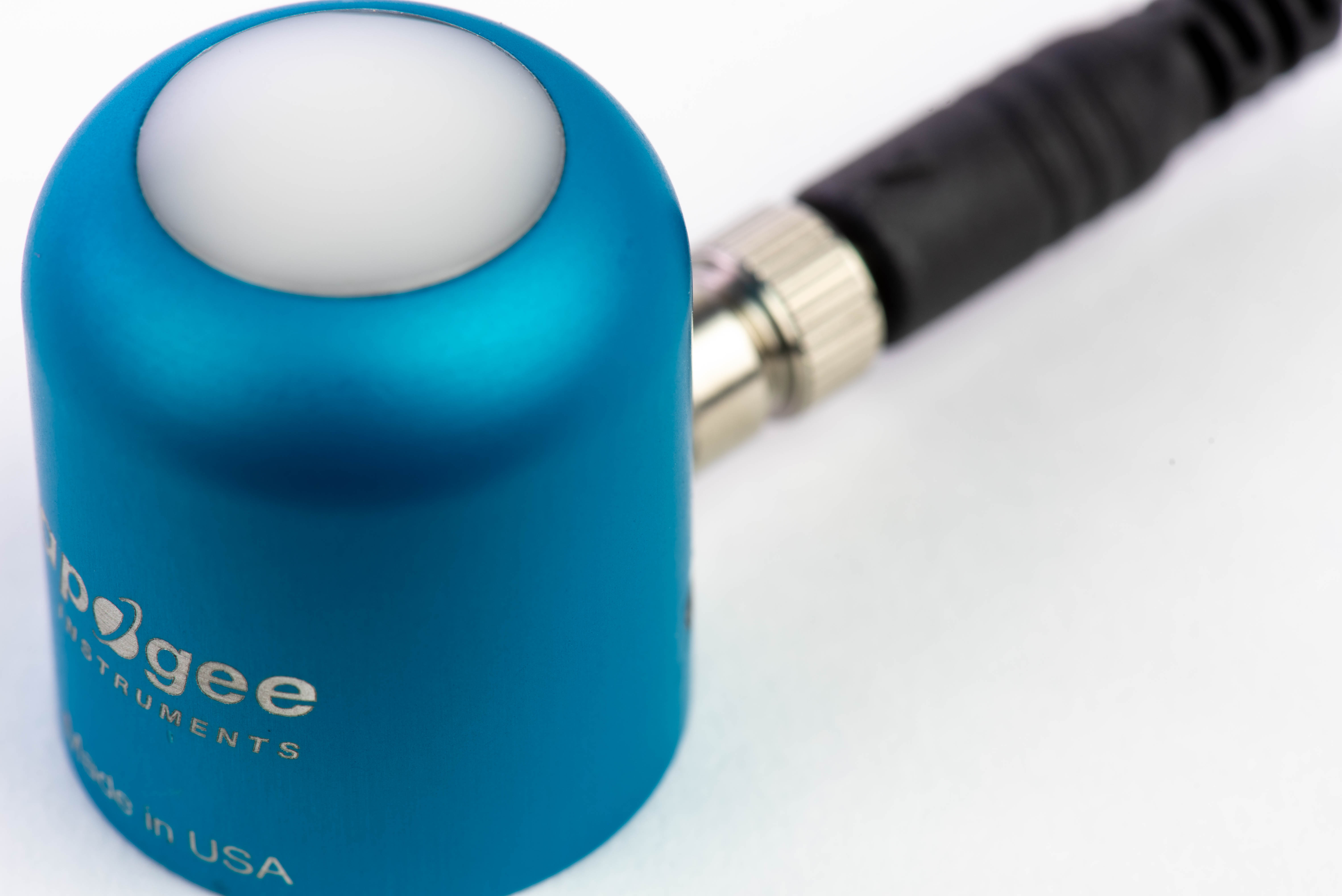Tips and Tricks for Good Sensor Maintenance
All Apogee sensors are built rugged to perform accurately in even the harshest environments; however, there are still some helpful tips and tricks to extend the life of your sensor and ensure the fundamental quality of your measurements.
1. Situate Sensors in Ideal Conditions
When placing sensors for long-term outdoor measurements, solar radiation sensors need to be placed where they won't be in the shadow of any surrounding objects such as trees or power poles. Avoid locations where dripping or splashing can occur on the sensors, or where birds may perch.

2. Correctly Mount the Sensor
Each sensor manual contains mounting recommendations, and Apogee has designed special mounting brackets for various applications. Solar radiation sensors should be mounted level to help maintain accurate and consistent measurements, and sensor cables should be mounted pointing toward true north in the northern hemisphere or true south in the southern hemisphere to minimize azimuth error.

3. Verify Wiring Connections
Make sure that your wiring is secure and properly connected. Intermittent, and often frustrating, problems can arise when the wiring does not make a good contact with the controller/datalogger being used.
4. Ground the Shield Wire
Most Apogee sensors come with a cable shield that should be grounded to help mitigate electromagnetic interference (EMI). The shield wire is usually the clear wire.
5. Cable Connectors
Apogee offers in-line cable connectors to simplify the process of removing sensors from installations for recalibration. When disconnecting the sensor for an extended period of time, protect the remaining half of the connector from water and dirt with electrical tape or other method. Connectors are designed to be firmly finger-tightened only to avoid over compression.

6. Clean Sensors
Blocking of the optical path between the target and detector can cause low readings. Dust and dirt can be cleaned from the sensor's disk using a non-abrasive cloth or cotton swab sprinkled with deionized water or window cleaner. Calcium deposits, from irrigation water, leave a thin white film on the surface that can be removed with a dilute acid such as vinegar. Infrared Radiometers can have spiders/insects and/or wasp nests in the aperture leading to the filter. If spiders/insects are a problem, repellent should be applied around the aperture entrance (not on the filter).


7. Know What You Are Measuring
Being familiar with a sensor's specifications, operation, and measurements will help you recognize errors before days/weeks worth of data becomes unreliable and unusable.
8. Calibrate Your Sensor When Needed
